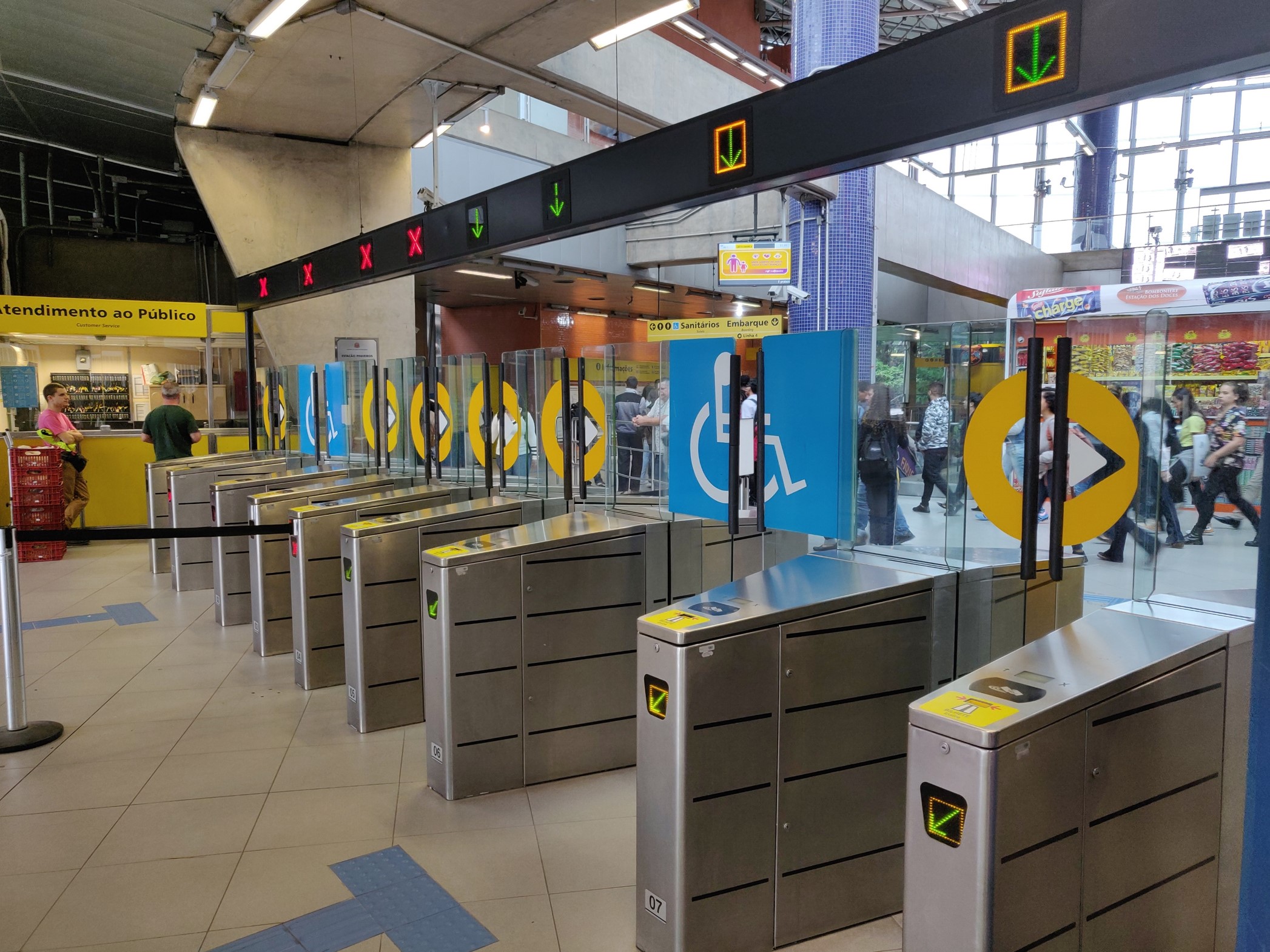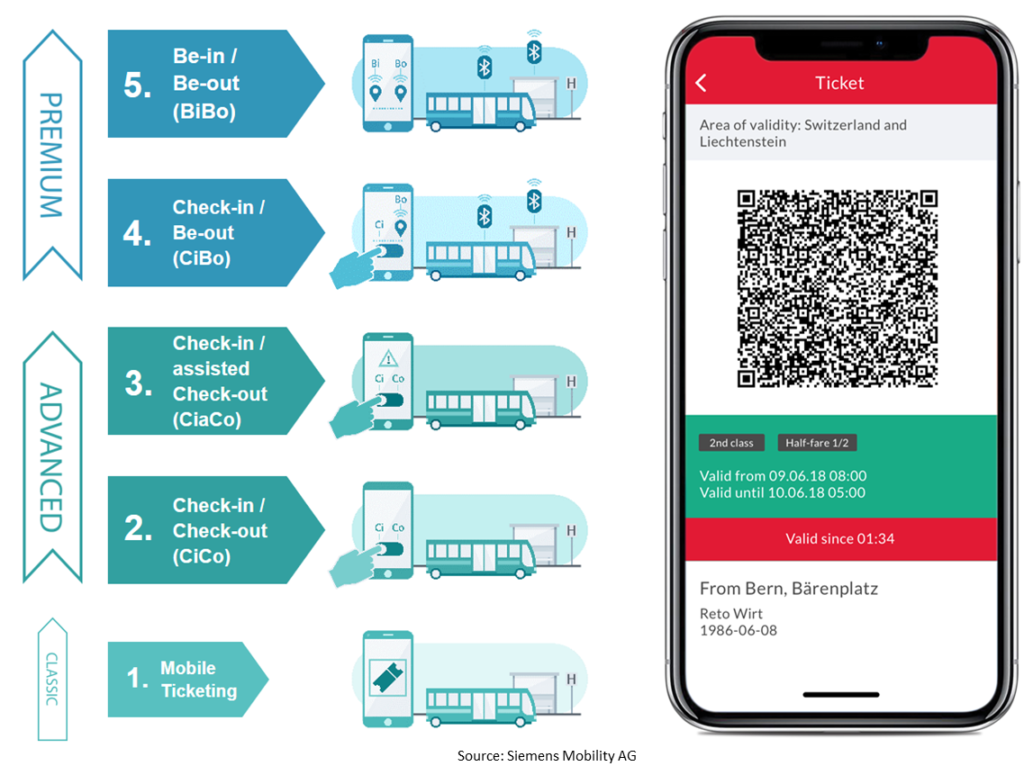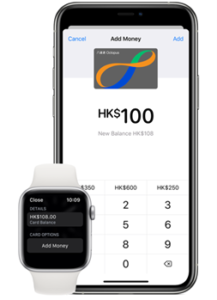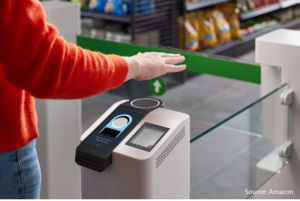
Developing the next generation of Mobile Ticketing
Technological advancement has helped systems evolve dramatically over recent decades. However, things have gotten complicated for public transport operators and authorities. Twenty years ago, it was just a matter of choosing the tariff scheme, the technology, designing the system depending on passenger flows, and finally choosing the supplier, i.e. the ticketing integrator that would take charge of the whole project to deliver a turn-key system. Nowadays, the challenge starts with trying to understand closed-loop versus open-loop, card-centric vs system-centric, prepaid vs post-paid, account-based ticketing, open payment, SIM-centric mobile ticketing, Secure Element, HCE, interoperability, multiservice, beacons, NFC, QR code…and so on (Source: Philippe Vappereau, CAN). The ticketing system has evolved over the period of time in the last 100 years.

Growing urbanization, rising consumer expectations, and changing demographics together with declining government funding streams have created a perfect storm in the traditional provision of service for public transport. Private innovation led by venture capital funding has brought new focus to the value of mobility. Public transport was and in some places still is traditionally a function of government, sometimes offered through contract service to private providers, but is receiving new attention as technology creates potential business models attractive to new players. While adding complexity to the system, private mobility service providers offer new alternatives that could expand the user base of public transport. The potential danger in this is that the role of the government to make decisions in favor of the public good should not be abdicated in favor of capital market opportunities. Effect on the environment, congestion, health, and quality of life must be considered as part of a holistic, people-centered solution set.
Within this array of challenges lies hope in a future that improves the lives of all citizens. Ticketing is no longer a simple part of the public transport experience. It is what enables freedom of movement across modes and borders. With emerging models such as Mobility as a Service, Account-Based systems can connect movement in a region with new opportunities for reward programs, loyalty toward preferred modes, and access to recreation, entertainment, commerce, and employment. Shifting “service consumed” business models among providers does not currently align with types of available funding options. However, with every challenge, there is an equal opportunity, the specifics of which are outlined through the remainder of this document.
Ticketing and payment systems are key elements of a public transport system. The huge installed base such as infrastructure (front-end devices and back-office) or fare media are embracing various generations of technologies and architectures. New demands for both an improved customer experience (multimodality, interoperability, etc.) and maintaining new public transport business models such as MaaS, DRT, and others are requiring future-proof solutions which must be easy and fast to use and accessible to all, regardless of the medium they carry with them. All this leads to two key challenges – firstly understanding what technologies are available and required and secondly how to handle the transition from a legacy to a new environment. The cities are shifting from media-based ticketing to account-based ticketing.

TfL London introduced the Oyster card in 2003. They introduced a contactless ticketing system using bank cards in 2014. The new system has quickly overtaken the Oyster card. In 2019, contactless bank cards or mobile phones made up 60% of all Tube and rail pay-as-you-go journeys and Oyster card just accounted for remaining 40%.
In 2017, MTA New York awarded a big contract to Cubic Corporation to replace the existing ticketing system. The agency is moving from smart card based ticketing solutions to contactless card, including options for using payment media such as credit and debit cards and mobile devices. Further, the new ticketing solution will be integrated with other regions, as well as, other modes of transport.
Investment in the new ticketing system is a big challenge for the transit authorities around the world, as they are looking to make investments in the system that should not be obsolete in the next 10-15 years. Further, the pandemic is accelerating the adoption of existing trends rather than creating an explosion of new trends. This also applies to public transport and in particular to ticketing, as the adoption of open payment, mobile ticketing, ABT, and MaaS is accelerating. The difference is that now cities have the urgency to adopt them for sanitary and business continuity reasons. Contactless and cashless ticket purchase has never been more important than in these times (Corona). The investment in ticketing is shifting from an infrastructure-focused systems to consumers’ mobile and other individual biometric features.
Some of the next generation of mobile-based ticketing solutions will be:
Open Loop cEMV ticketing
EMV stands for Europay, Mastercard, and Visa, the companies that developed the technical specifications for this global payment standard. From a technical point of view, it is a method that makes sure smartcards and payment terminals are compatible. For years the card-based EMV standard has been established. However, the system is now shifting towards contactless EMV. The standard used for contactless communication is NFC (ISO 14443) short-range radio, a standard that is widely spread in this kind of application.
It is important to note that EMV is just the security scheme of credit cards that now has evolved to be used in debit cards and phones, it applies to any kind of payment. Many cities around the globe were introducing cEMV system. In June 2018, Milan introduced cEMV payment in all metro stations. Enabling those in possession of a contactless-enabled credit card access without any additional operations or service subscription. However, during this pandemic, many cities shut down their ticketing system as it does not have contactless features. The acceleration of cEMV implementation happened around the world. Visa reported 187% growth in contactless payment with 500 active transit projects.

XiXo – Next Gen Ticketing
XiXo makes mobile ticketing even easier to use for all customer groups and offers the possibility to react to the current situation with innovative tariffs. With XiXo it becomes easier and more comfortable than ever for your passengers to get to their destination. However, there are many unaddressed questions like
- CiCo, CiaCo, CiBo or BiBo: What fits best and when?
- What are the advantages of XiXo for public transport operators and passengers?
- What are the challenges and practical solutions?
In Check-in/Check-out (also called Tap-in/Tap-out or Touch-in/Touch-out) method, the passengers need to present their fare media/token to a specific Media Acceptance Device (MAD) / validator that uses a short-distance reader to check the passenger into the transport vehicle/network. In the case of the BiBo scheme, the physical validation infrastructure within a transport vehicle automatically detects the appearance and disappearance of a specific electronic token carried by passengers, without them needing to take any specific action. It enables a truly “hands-free” traveling experience. This can be done either using Long-range RFID or Bluetooth Low Energy (BLE) beacons technologies.
Although many cities aspire to shift to BiBo schemes in coming years. BiBo schemes are only suitable for use in honor-based non-barred transport systems, where passengers don’t need to prove their ticket availability. Enforcement of the payment is either fully honor-based or by random inspection. An alternative scheme to consider before a full roll-out of a BiBo is Check-in/Be-out (aka Assisted BiBo). Instead of fully automatic check-in, the CiBo scheme requires passengers to confirm within the smartphone application that they have started their journey. Check-out is recorded automatically. In 2019, RMV launched the pilot for BiBO pilot with Fairtiq for a trial group of 1,000 passengers.

Payment App
Transit agencies are trying to ensure that passengers can use public transport without additional hurdles. They do not have to install an app first or buy a smartcard, they can simply use a medium that they already possess and are familiar with, and they don’t have to worry about potentially unused credit balances.

Apple Pay is a payment system of the US company Apple that can be applied on Apple´s NFC-capable mobile devices by using the ´Wallet´ App or within Web applications by using the ´Safari´ browser. The system was launched in September 2014. The payment service Android Pay was launched at the end of May 2015 by Google. The service can be used with an NFC-enabled smartphone with the Android version 5.0 Lollipop or higher. The communication with field devices is based on NFC technology. For every transaction, a so-called Device Account Number is transmitted to the seller. This number is instantly generated, represents the credit card number, and can be seen as a token. Unlike other services like Apple Pay, Android Pay was designed as an open system. It is thus universally applicable and supports the smartphones of different manufacturers. In addition, Google leaves it to the users whether they want to use Android Pay directly as a Google service or indirectly as a separate app of their bank.
Apple is working with many transit agencies which allow the use of Apple Pay for transit with Express Transit Mode, i.e. enabling users to pay without unlocking their iPhone or Apple Watch. They recently launched systems in Hong Kong (Octopus Card) and Japan (Suica or PASMO) etc. In other countries like Australia, Singapore, Canada, and Russia, Apple pay can be used for public transit without Express Transit Mode and users require to authenticate the transaction using Face ID, Touch ID, or passcode. There is also the emergence of third-party apps like Uber, Didi, and Grab which are allowing paying for public transit in their app.
Biometric Ticketing
Biometrics are emerging as a new solution for a contactless and seamless authentical systems for the public transport system. Companies around the world are using different bodies features such as iris and face recognition, voice, vein patterns, fingerprints, and heartbeat for different functions like security, verification, surveillance, attendance, and payment systems. Biometrics has the potential to change the ticketing in the buses, train, airport check-in etc. Biometrics can be useful for giving access to riders for autonomous vehicles. The biggest advantage of this technology is the improvement in efficiency and convenience.
Some of the key pilots of biometric in public transit include the facial recognition system implemented by Shenzhen Metro. The Osaka Metro (Japan) started testing facial recognition gates on the subway in December 2019. Similarly, Eurostar is planning to launch a face verification system for international travelers from London to continental Europe by March 2021.

Amazon has recently launched a new biometric technology called Amazon One. This technology will allow shoppers to pay by placing their palms over a scanning device at check-in or check-out. Amazon has applied for a patent and will give access to other parties to use this technology. The key advantage of this technology is that hackers can not identify a person by the image of the hand. Secondly, each person’s hand is unique.
Similarly, FalconPro Technology is developing a token-less large-scale palm-based biometric identification solution for mass transportation and payments.
Way Forward
The world of ticketing is evolving very fast. However, the key challenge for the transit agencies is to find out that how can some of the more fanciful solutions be implemented cost-effectively at a benefit for the user?
As described in the previous sections, various proven concepts and solutions are in the market. For a local PT service provider, a state-of-the-art ticketing system must be flexible, open, expandable, and economical. Flexible for easy introduction of fare changes and to shorten time-to-market for new fare products, which meet future market demands. Open and expandable for easy integration of new modes, business models, schemes, media, services, vendors, and sales channels as well as for geographic and organizational expansion. Economical for offering a changing demand for lower OPEX/CAPEX.
The use and introduction of standards, open interfaces, open access to API’s and multi-vendor-model options are crucial to achieving these characteristics. From today’s perspective, ticketing systems based on open standards and open APIs, with an intelligent balance between media-centric and account-based architectures, and the integration of media such as open-loop contactless cards, contactless EMV credit cards, mobile NFC are forming an environment that offers both the local PT service providers and their customers an affordable, secure and convenient service they are expecting.


